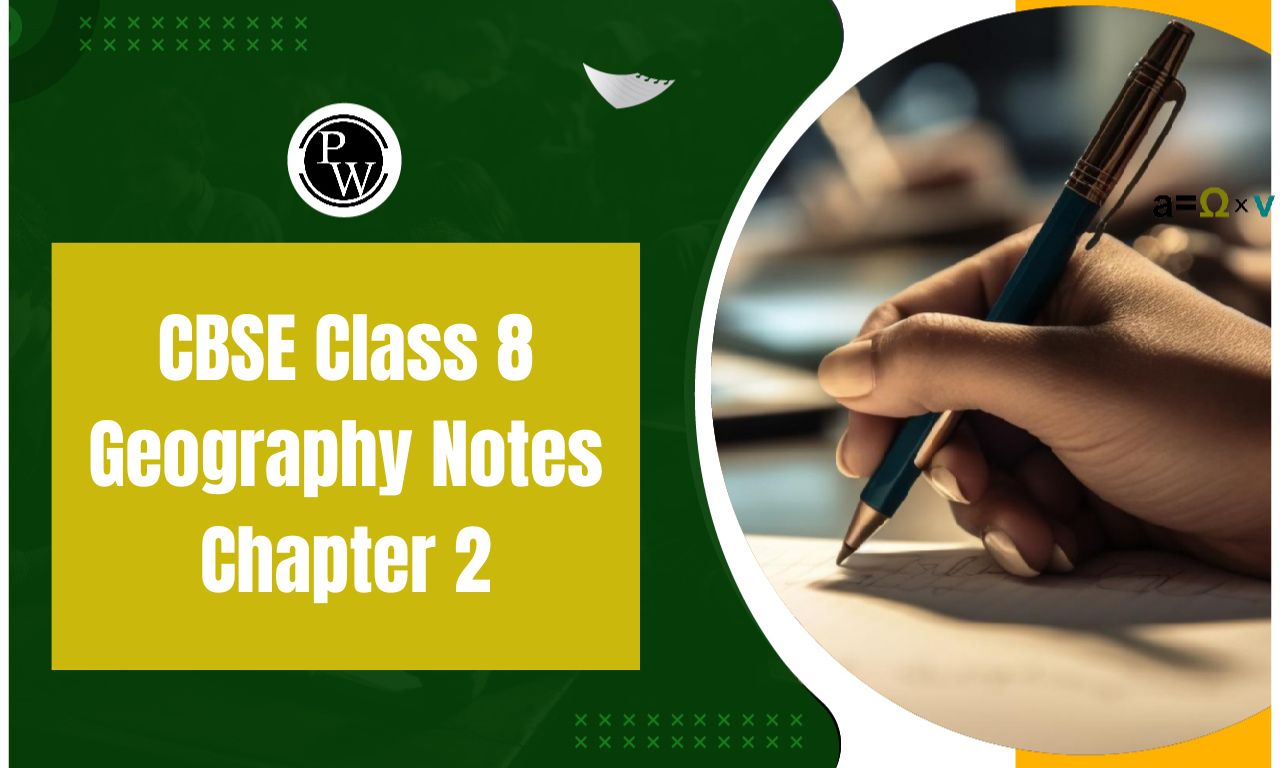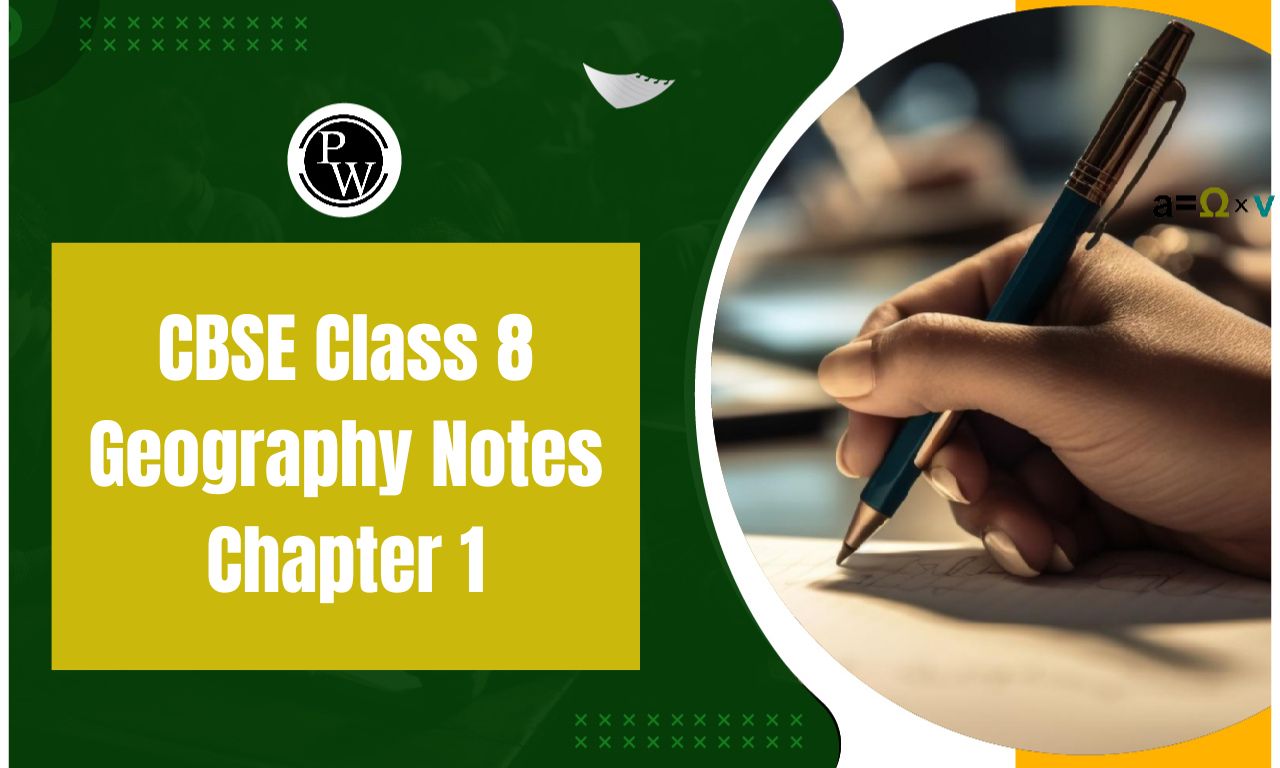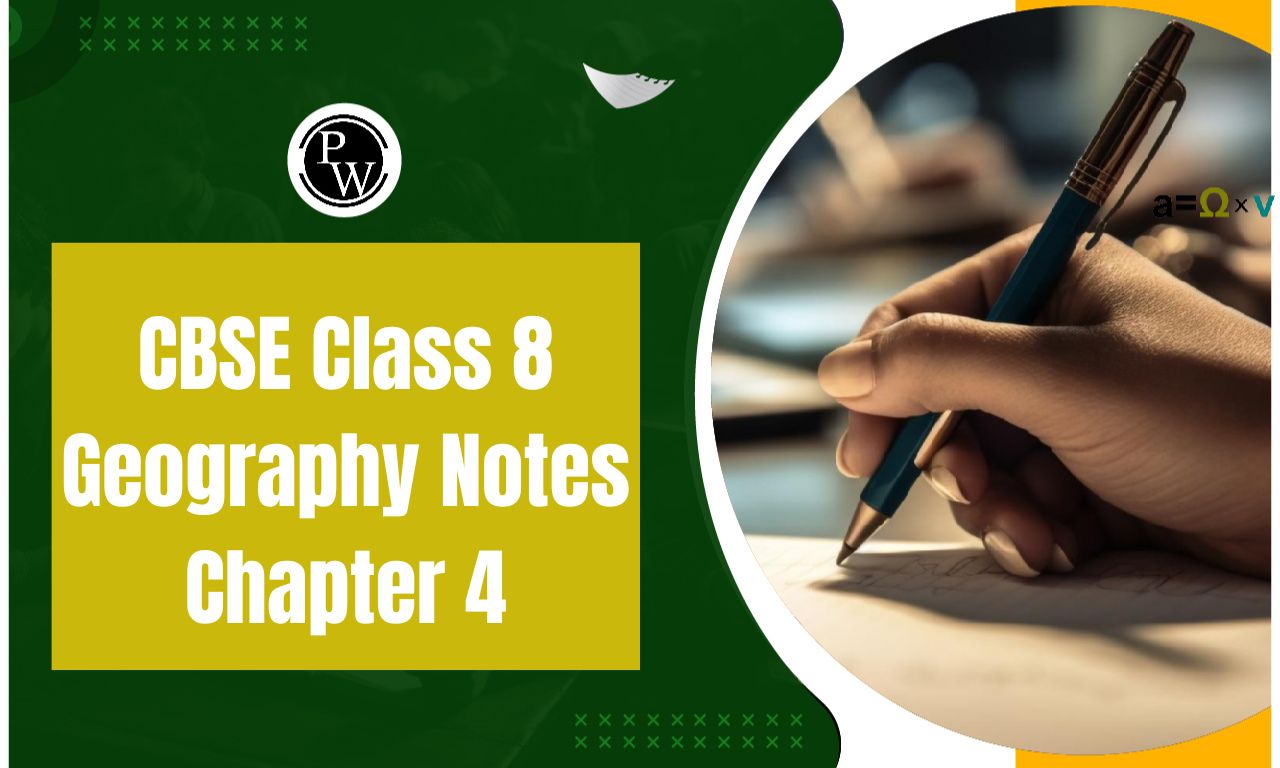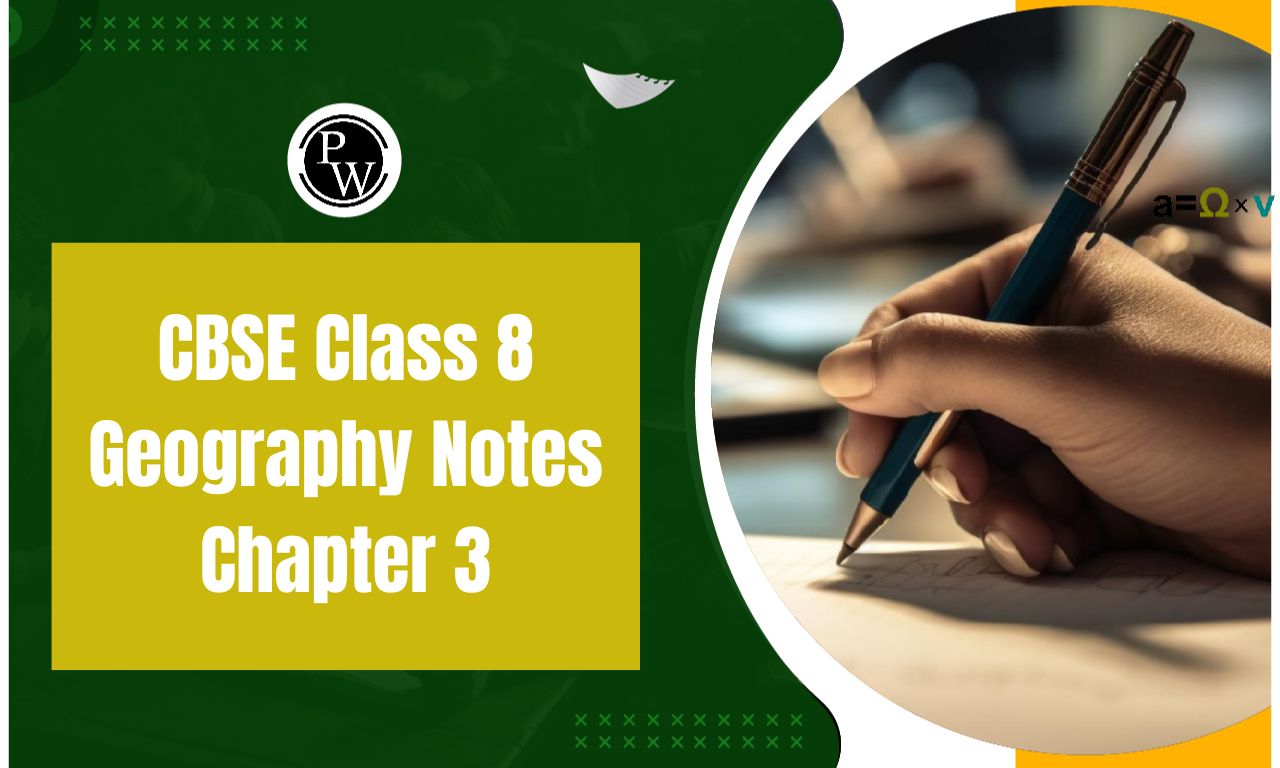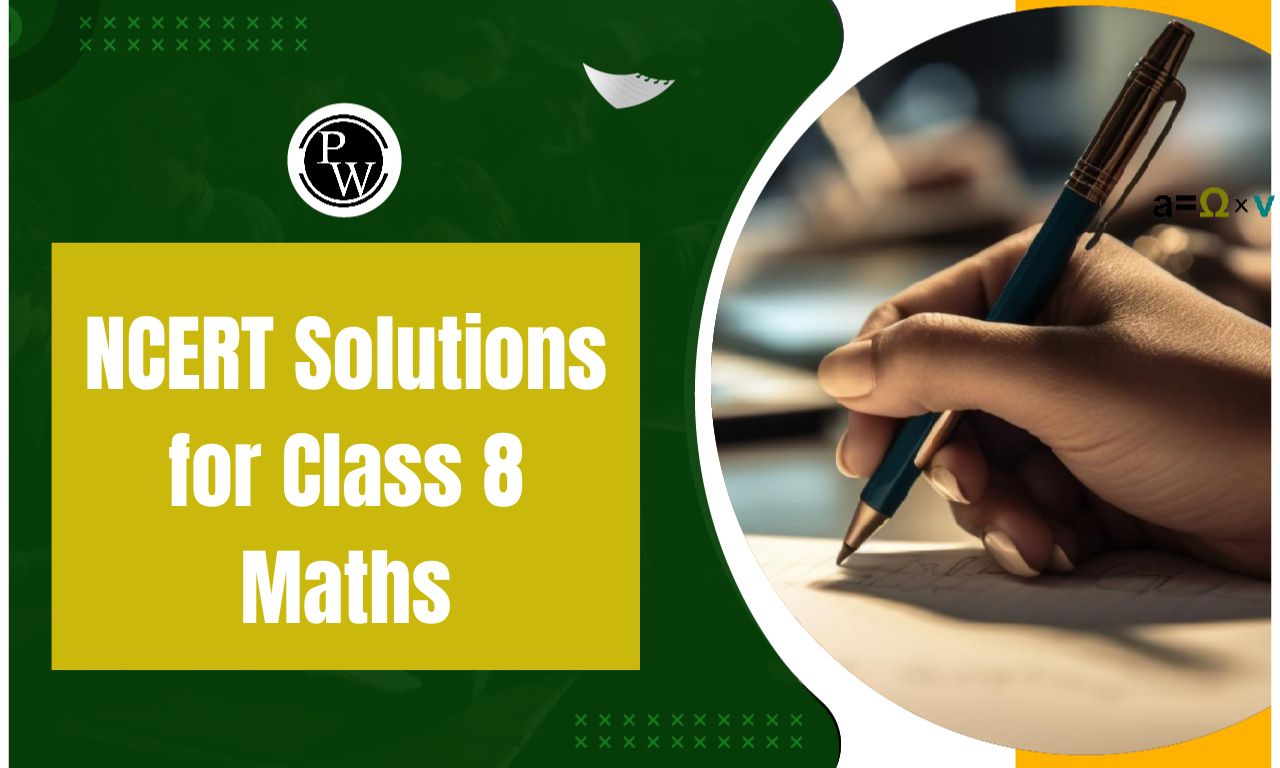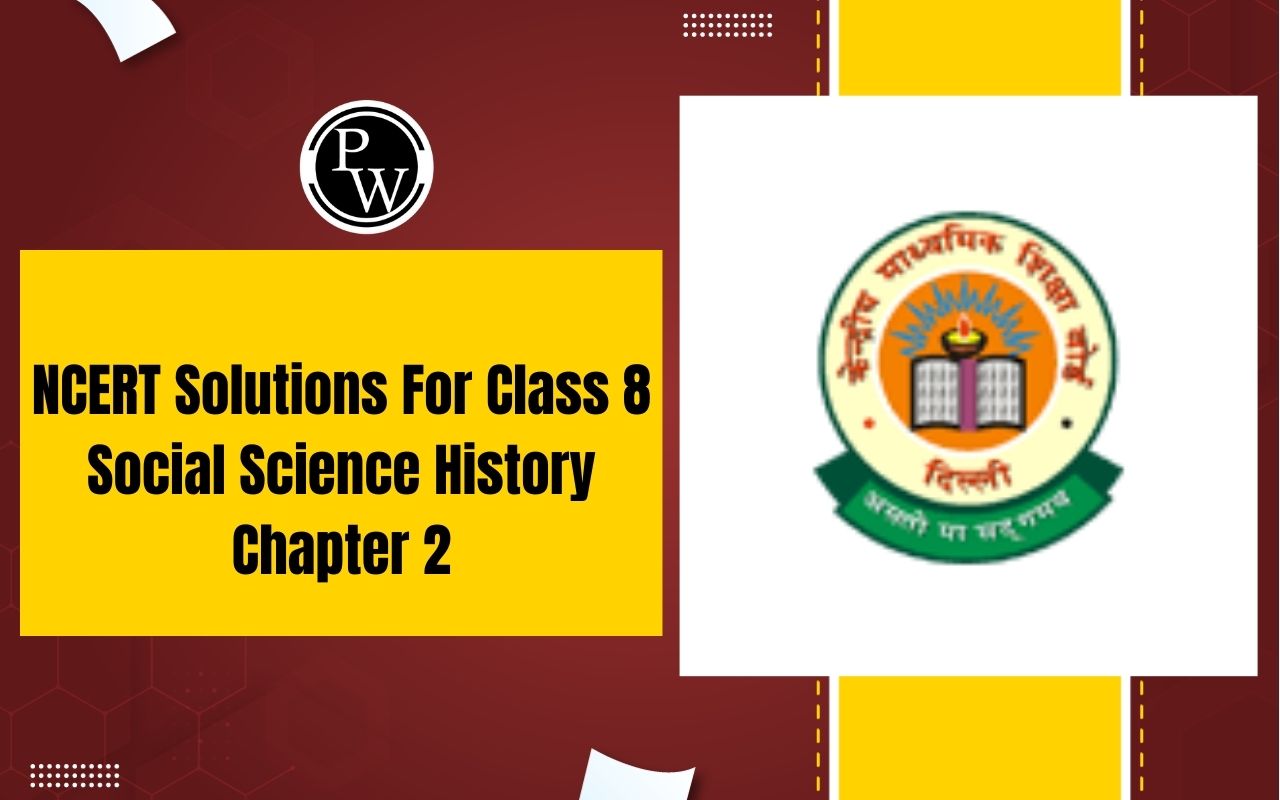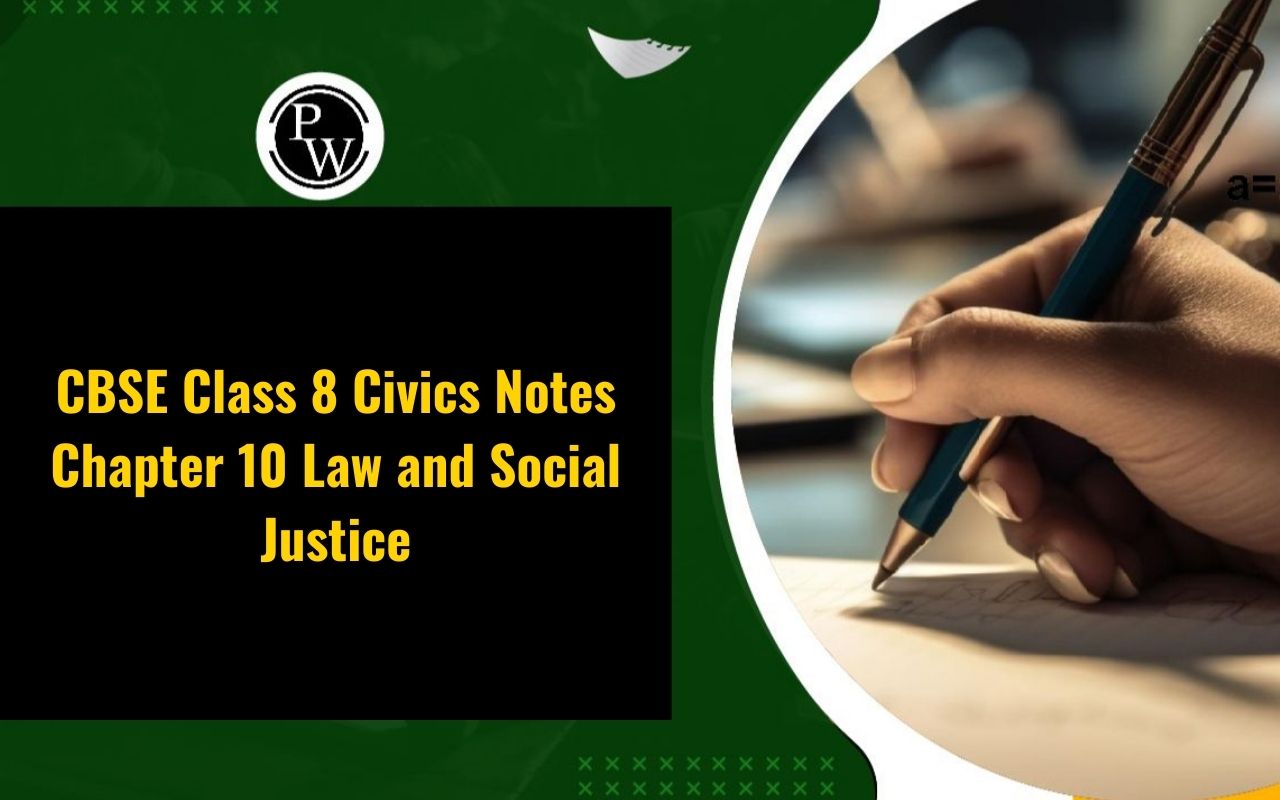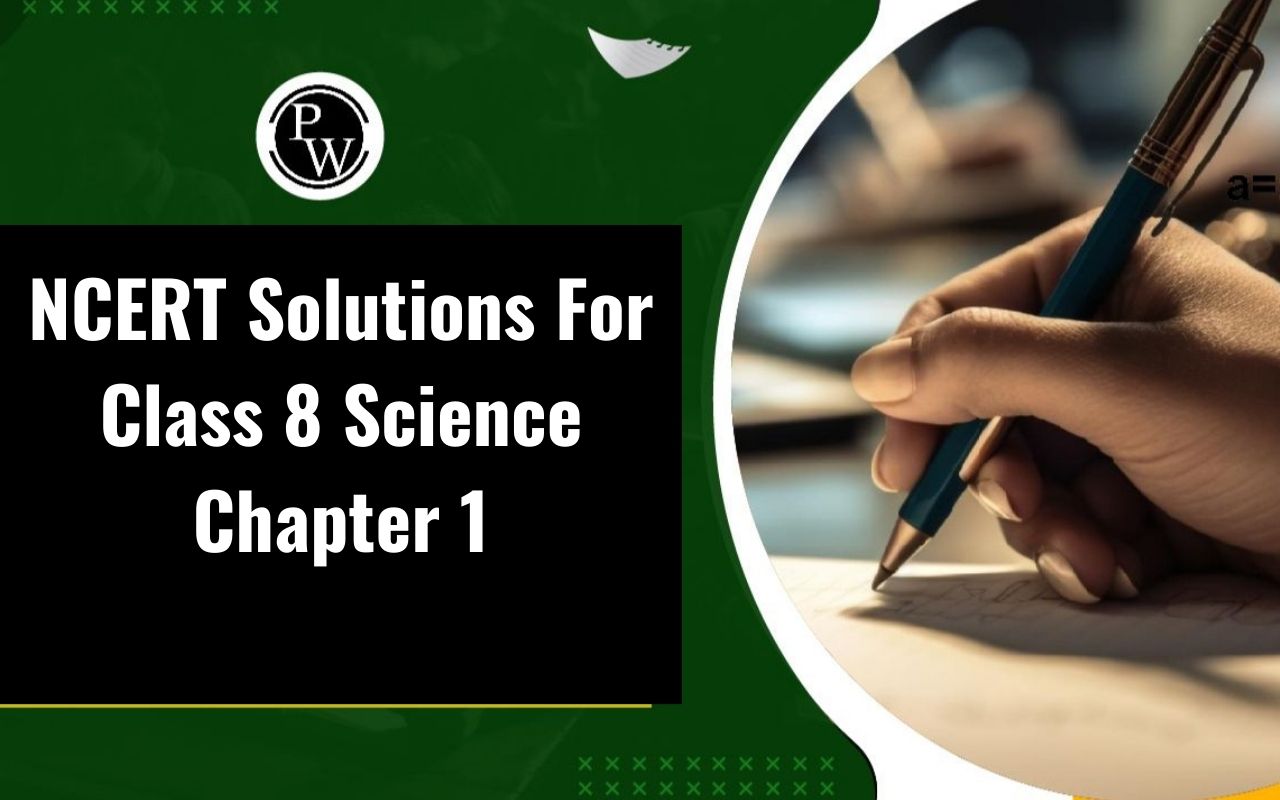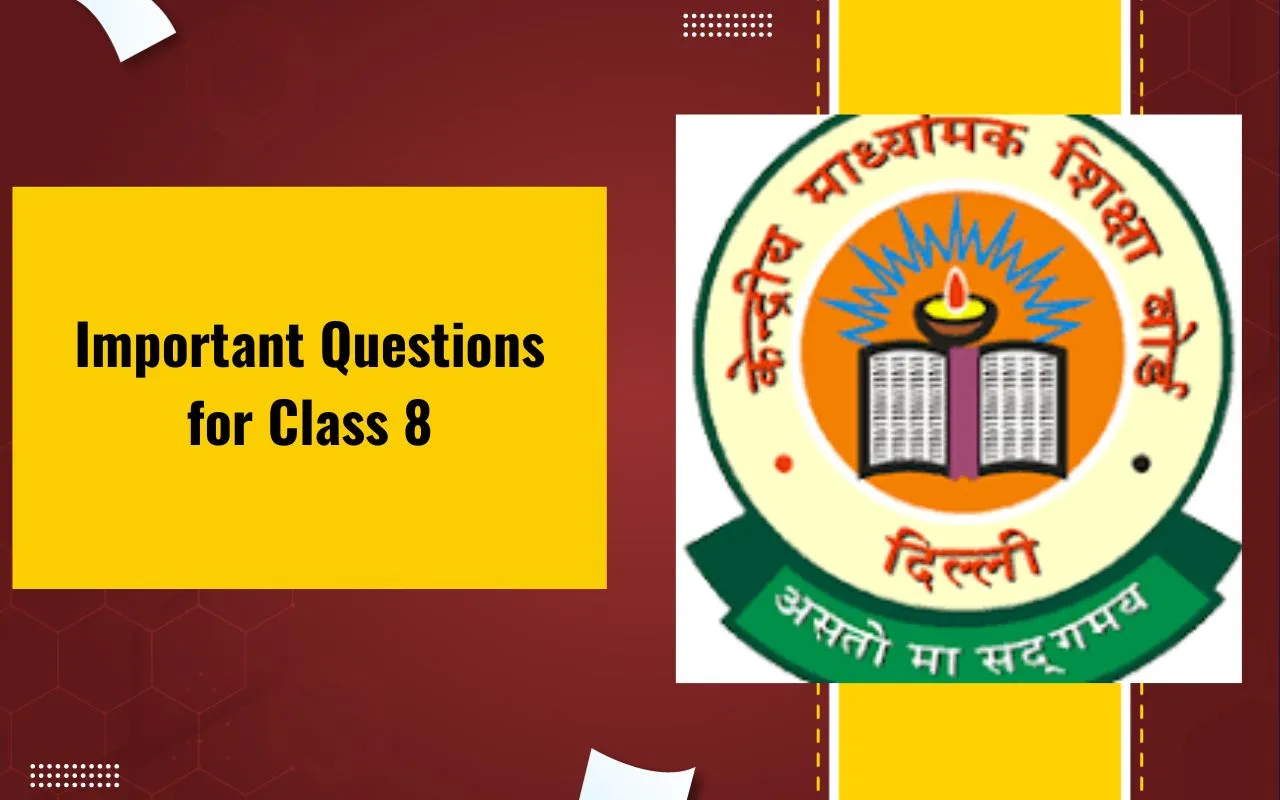
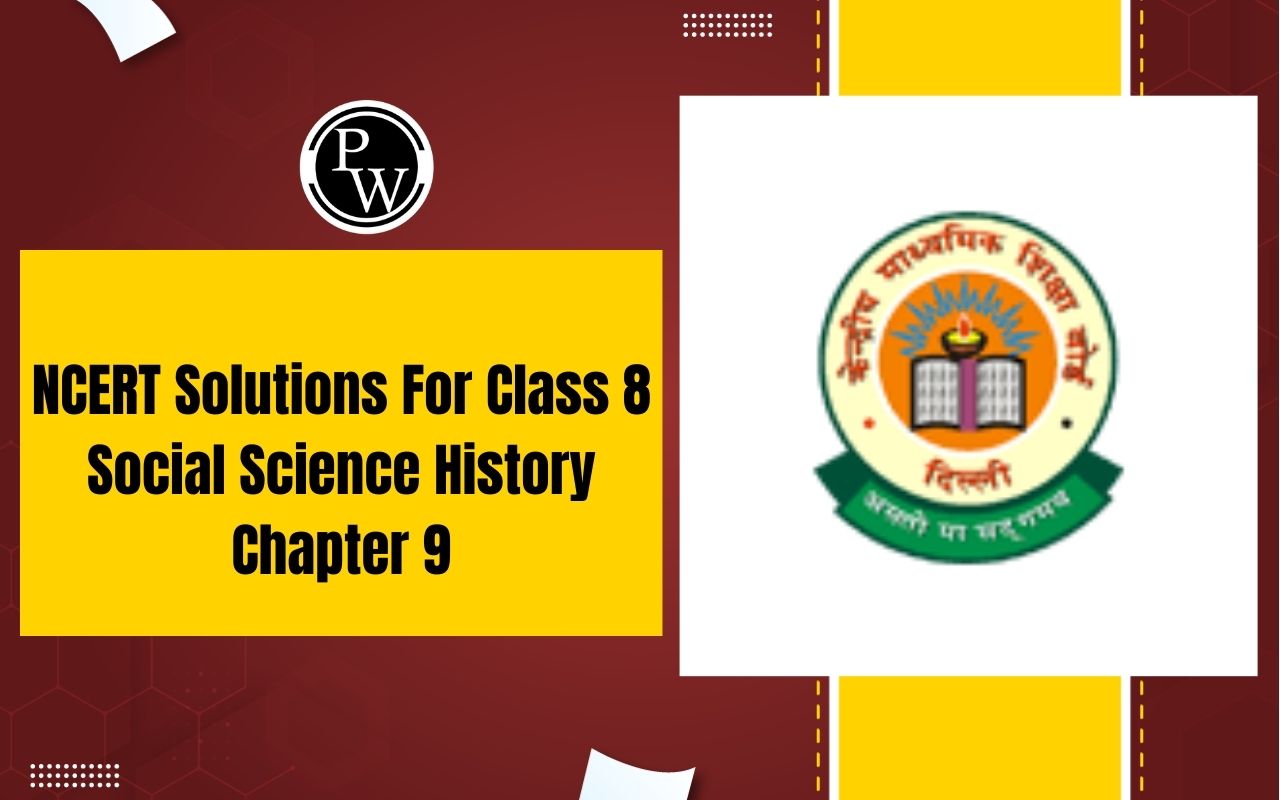
NCERT Solutions For Class 8 Social Science History Chapter 9: In Chapter 9 of NCERT Solutions for Class 8 History Social Science, titled "The Making of the National Movement: 1870s -1947," you'll learn about how the Indian National Movement started and grew until India gained independence.
It covers important events like the formation of political groups and the roles of leaders like Dadabhai Naoroji and Surendranath Banerjee. The chapter also discusses how British actions, such as the Partition of Bengal and the Rowlett Act, influenced Indian society and led to protests. These solutions help you understand the journey of India towards freedom during this time period.NCERT Solutions For Class 8 Social Science History Chapter 9 Overview
These notes for NCERT Solutions for Class 8 Social Science History Chapter 9 have been created by experts from Physics Wallah. In this chapter, titled "The Making of the National Movement: 1870s -1947," you'll learn about the important events and people that shaped India's fight for independence during this time. From the formation of political groups to the leadership of figures like Dadabhai Naoroji and Surendranath Banerjee, these solutions provide clear explanations to help you understand how India's struggle for freedom developed.NCERT Solutions For Class 8 Social Science History Chapter 9 PDF
You can access the PDF for NCERT Solutions for Class 8 Social Science History Chapter 9 through the provided link below. This chapter, titled "The Making of the National Movement: 1870s -1947," covers significant events and figures in India's journey towards independence. It provide valuable insights and explanations to help you understand the historical context and developments during this period.NCERT Solutions For Class 8 Social Science History Chapter 9 PDF
NCERT Solutions for Class 8 History Social Science Chapter 9 The Making of the National Movement: 1870s -1947
The solutions for Class 8 History Chapter 9, The Making of the National Movement: 1870s -1947 are provided below, provide a clear explanations of National Movement. Exercises Page No. 127 1. Why were people dissatisfied with British rule in the 1870s and 1880s? Answer. People were dissatisfied with British rule in India for several reasons:- The British controlled India's resources, exploiting them for their own benefit rather than for the welfare of the Indian population.
- British policies sought to exert control over the lives of Indians, limiting their freedom and autonomy.
- The Arms Act of 1878 restricted Indians from possessing arms, curbing their ability to defend themselves and resist British authority.
- The Vernacular Press Act of 1878 aimed to silence dissent by restricting the freedom of the press and censoring publications critical of the government.
- The introduction of the Ilbert Bill in 1883 caused controversy as it proposed allowing Indian judges to preside over trials involving British or European individuals, challenging the prevailing racial hierarchy and demanding equality under the law.
- In Kheda, Gujarat, Patidar peasants organized nonviolent campaigns against the high land revenue demands.
- Coastal Andhra and interior Tamil Nadu saw picketing of liquor shops.
- In Guntur district, Andhra Pradesh, tribals and peasants staged "forest satyagraha" by sending cattle into forests without paying grazing fees.
- In Sind (now in Pakistan), Muslim traders and peasants enthusiastically supported the Khilafat movement.
- In Bengal, the Khilafat-Non-Cooperation alliance fostered communal unity and strengthened the national movement.
- In Punjab, the Akali agitation aimed to remove corrupt mahants, supported by the British, from gurdwaras.
- Emergence of the two-nation theory: The Muslim League, initially not advocating for Pakistan, began demanding a separate nation for Muslims since the 1930s.
- Provincial elections of 1937: These elections convinced the Muslim League that Muslims were a minority in India, prompting the need for a separate nation to ensure their political representation.
- Rift between Congress and Muslim League: Congress's rejection of Muslim League's proposal for a joint government in the United Provinces led to a permanent separation between the two parties.
- Failed negotiations: Talks between Congress and Muslim League, as well as with the British, failed to reach a consensus on a united nation.
- Provincial elections of 1946: Muslim League's significant success in these elections, particularly in Muslim-reserved seats, bolstered their confidence in the need for a separate nation.
- Mass agitation: The failure of the Cabinet Mission Plan of 1946 resulted in mass agitation led by the Muslim League.
- Partition and the birth of Pakistan: Eventually, partition was agreed upon, leading to the creation of Pakistan as a separate nation.
Chapter 9 – The Making of the National Movement: 1870s–1947 Summary
Chapter 9 of NCERT Our Pasts-III provides an overview of the formation and evolution of the Indian National Movement from the 1870s to 1947. The chapter discusses the impact of World Wars I and II on India's struggle for independence and the adoption of nonviolent resistance methods such as satyagraha. Mahatma Gandhi's leadership and the iconic Dandi March are highlighted, along with the growth of mass nationalism. The chapter also covers significant events like the Rowlatt Satyagraha, the Khilafat agitation, and the Non-Cooperation Movement. It concludes with discussions on the Quit India Movement and India's path towards independence, including the eventual partition.Benefits of NCERT Solutions For Class 8 Social Science History Chapter 9
- Comprehensive Understanding : They provide a thorough explanation of the chapter's content, helping students grasp concepts effectively.
- Clarity and Simplicity : The solutions are presented in simple language, making it easier for students to understand complex topics.
- Concept Reinforcement : By solving the NCERT solutions, students reinforce their understanding of historical events, figures, and concepts discussed in the chapter.
- Critical Thinking : The solutions encourage critical thinking by providing additional insights and perspectives on historical issues, fostering analytical skills among students.
NCERT Solutions For Class 8 Social Science History Chapter 9 FAQs
What were the key factors that contributed to the emergence of nationalism in India during the late 19th and early 20th centuries?
The emergence of nationalism in India was influenced by factors such as British colonial policies, social and economic grievances, the spread of education and awareness, and the rise of political associations advocating for Indian rights.
How did the Indian National Congress play a role in the freedom struggle during this period?
The Indian National Congress served as a platform for articulating Indian grievances and demands for self-rule. It organized protests, petitions, and conferences to challenge British policies and advocate for Indian interests.
What were the impacts of World Wars I and II on the Indian freedom movement?
World Wars I and II led to increased Indian participation in the British war efforts, raising expectations of political rewards. However, disillusionment followed due to unfulfilled promises, contributing to nationalist sentiments and demands for independence.
Who were the key leaders and personalities involved in the Indian National Movement during this period, and what were their contributions?
Key leaders included Mahatma Gandhi, Jawaharlal Nehru, Sardar Patel, Subhas Chandra Bose, and others. Gandhi's philosophy of nonviolence and civil disobedience became central to the movement, inspiring mass mobilization and protests.
What were the main forms of resistance and protest adopted by Indians against British rule during this time?
Indians adopted various forms of resistance, including non-cooperation, civil disobedience, boycotts, strikes, and peaceful protests such as satyagraha.
🔥 Trending Blogs
Talk to a counsellorHave doubts? Our support team will be happy to assist you!

Check out these Related Articles
Free Learning Resources
PW Books
Notes (Class 10-12)
PW Study Materials
Notes (Class 6-9)
Ncert Solutions
Govt Exams
Class 6th to 12th Online Courses
Govt Job Exams Courses
UPSC Coaching
Defence Exam Coaching
Gate Exam Coaching
Other Exams
Know about Physics Wallah
Physics Wallah is an Indian edtech platform that provides accessible & comprehensive learning experiences to students from Class 6th to postgraduate level. We also provide extensive NCERT solutions, sample paper, NEET, JEE Mains, BITSAT previous year papers & more such resources to students. Physics Wallah also caters to over 3.5 million registered students and over 78 lakh+ Youtube subscribers with 4.8 rating on its app.
We Stand Out because
We provide students with intensive courses with India’s qualified & experienced faculties & mentors. PW strives to make the learning experience comprehensive and accessible for students of all sections of society. We believe in empowering every single student who couldn't dream of a good career in engineering and medical field earlier.
Our Key Focus Areas
Physics Wallah's main focus is to make the learning experience as economical as possible for all students. With our affordable courses like Lakshya, Udaan and Arjuna and many others, we have been able to provide a platform for lakhs of aspirants. From providing Chemistry, Maths, Physics formula to giving e-books of eminent authors like RD Sharma, RS Aggarwal and Lakhmir Singh, PW focuses on every single student's need for preparation.
What Makes Us Different
Physics Wallah strives to develop a comprehensive pedagogical structure for students, where they get a state-of-the-art learning experience with study material and resources. Apart from catering students preparing for JEE Mains and NEET, PW also provides study material for each state board like Uttar Pradesh, Bihar, and others
Copyright © 2025 Physicswallah Limited All rights reserved.
